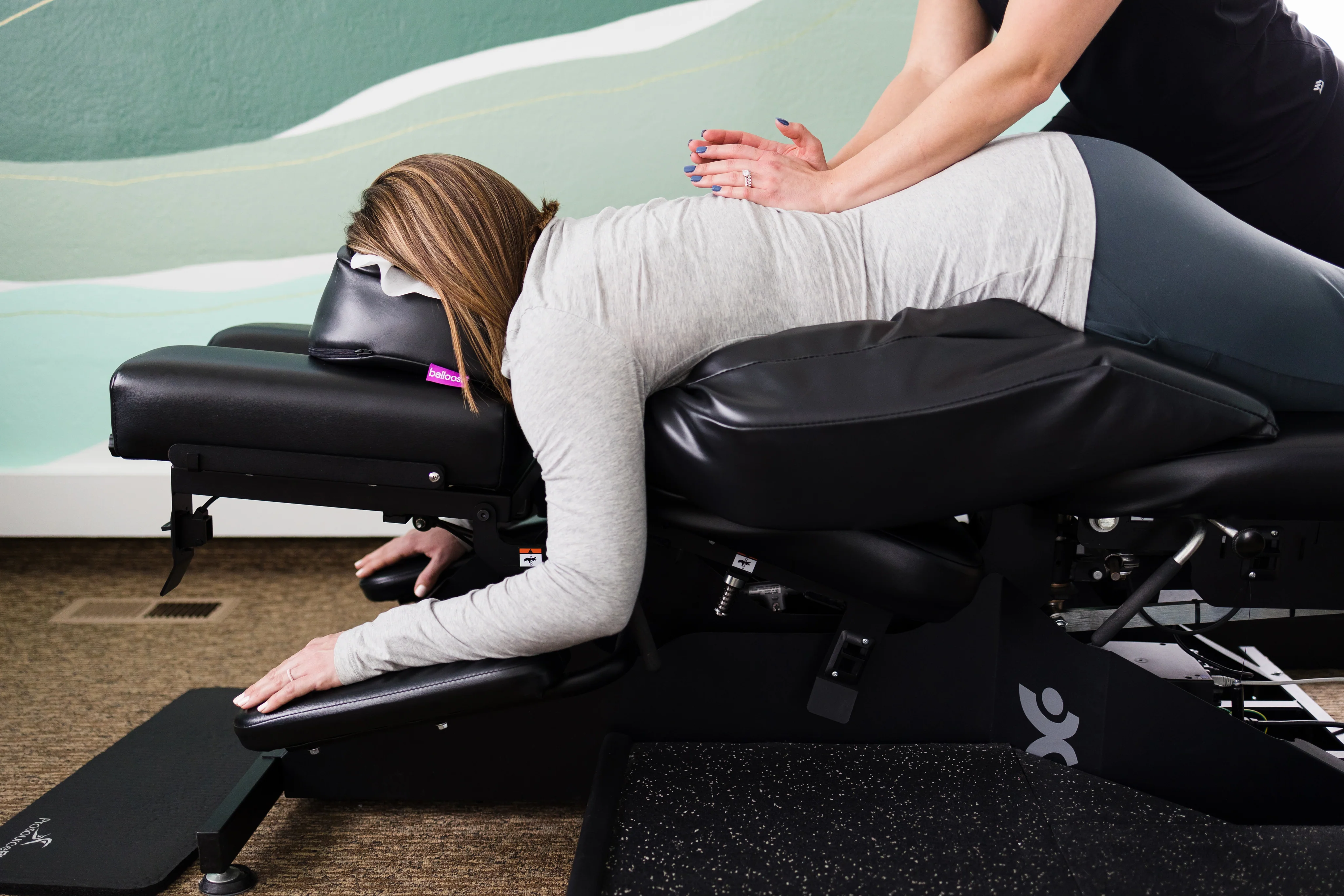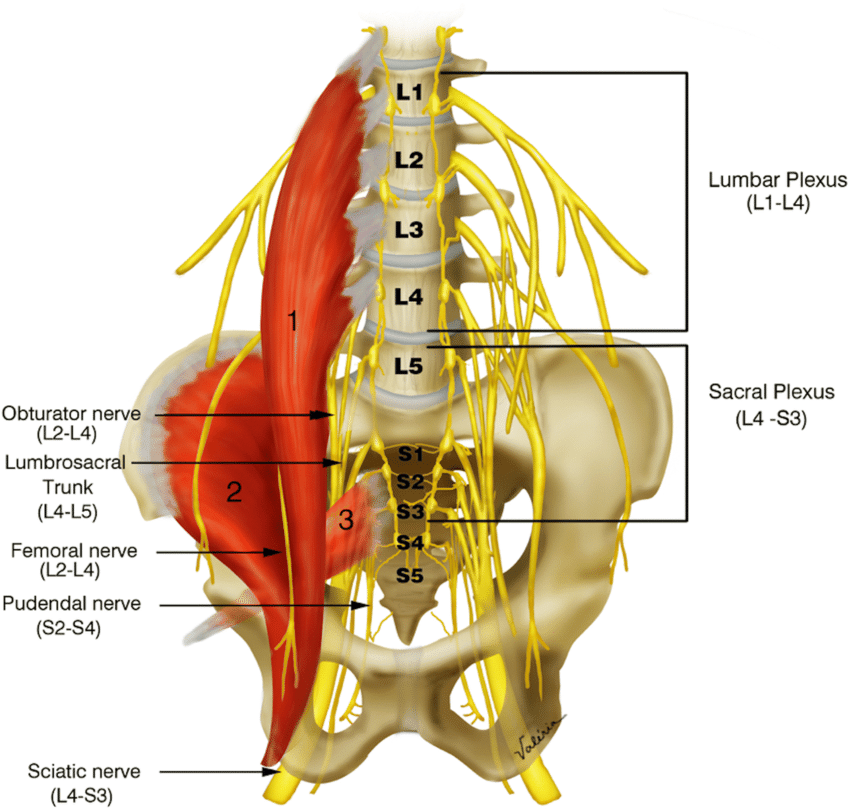Back
Chiropractic Care and Pelvic Floor Health: A Comprehensive Connection
By Shannon Strauch, PTA, STMT-1 on 7/9/2024

When considering the intricate web of the human body's interconnected systems, it’s essential to recognize the role that chiropractic care can play in supporting pelvic floor health. While chiropractic treatment traditionally focuses on spinal and joint alignment, its benefits can extend to improving pelvic floor function. This blog post explores the relationship between chiropractic care and pelvic floor health, providing insights into how these two areas can complement each other for overall wellness.
Understanding the Pelvic Floor
The pelvic floor consists of a group of muscles and connective tissues that support the bladder, rectum, and reproductive organs. These muscles play a critical role in urinary and fecal continence, sexual function, and core stability. When the pelvic floor muscles are weak, tight, or not functioning correctly, it can lead to issues such as incontinence, pelvic pain, and sexual dysfunction.
The Role of Chiropractic Care
Chiropractors specialize in diagnosing and treating musculoskeletal disorders, particularly those related to the spine. By adjusting the spine and other joints, chiropractors aim to correct misalignments that can cause pain, reduce mobility, and affect overall health. The spine houses the central nervous system, which controls and coordinates every function in the body, including the pelvic floor muscles.
How Chiropractic Care Supports Pelvic Floor Health
Spinal Alignment and Nerve Function
Proper spinal alignment ensures that nerves communicate effectively between the brain and the pelvic floor muscles. Misalignments, especially in the lower back (lumbar spine), can interfere with nerve signals, leading to dysfunction in the pelvic floor.
Chiropractic adjustments can help restore alignment, potentially improving nerve function and, consequently, pelvic floor muscle performance.
Postural Improvements
Poor posture, particularly a forward-tilted pelvis or slumped lower back, can place undue stress on the pelvic floor muscles. This can lead to muscle fatigue and dysfunction over time.
Chiropractors often address postural issues through adjustments and exercise recommendations, helping to reduce strain on the pelvic floor.
Musculoskeletal Balance
The body operates as a kinetic chain, meaning that dysfunction in one area can affect other regions. For example, tightness or misalignment in the hips or lower back can contribute to pelvic floor issues.
Chiropractic care aims to balance the musculoskeletal system, ensuring that each part functions optimally, which can indirectly support the health of the pelvic floor.

Integrating Chiropractic Care with Pelvic Floor Physical Therapy (PFPT)
For those experiencing significant pelvic floor dysfunction, integrating chiropractic care with PFPT can be particularly beneficial. While chiropractic adjustments focus on spinal and joint alignment, PFPT offers targeted exercises and treatments to strengthen and rehabilitate the pelvic floor muscles. This dual approach can provide comprehensive care, addressing both the underlying musculoskeletal issues and the specific pelvic floor dysfunction.
Conditions That May Benefit from Both Approaches
Incontinence
: Improved nerve function and muscle strength can help manage urinary and fecal incontinence.
Pelvic Pain
: Addressing musculoskeletal imbalances can reduce pain and discomfort in the pelvic region.
Postpartum Recovery
: Chiropractic care can assist with postpartum spinal adjustments, while PFPT focuses on restoring pelvic floor strength.
Prolapse
: Proper alignment and muscle support can aid in managing pelvic organ prolapse.
Conclusion
Chiropractic care and pelvic floor health are interconnected in ways that highlight the importance of a holistic approach to wellness. By addressing spinal alignment, posture, and musculoskeletal balance, chiropractic care can indirectly support the function of the pelvic floor. For those experiencing pelvic floor dysfunction, combining chiropractic care with pelvic floor physical therapy offers a comprehensive strategy to improve overall health and quality of life.
If you’re experiencing issues related to your pelvic floor or simply want to enhance your overall wellness, consider consulting both a chiropractor and a pelvic floor physical therapist. This integrated approach can provide the support and care needed to achieve optimal health and functionality. Reach out to us at Pelvic Health Center in Madison, NJ to set up an evaluation and treatment! Feel free to call us at 908-443-9880 or email us at receptionmadison@pelvichealthnj.com.
Read More:
How Chronic Pelvic Congestion in Men Contributes to Prostatitis By Shannon Strauch, PTA, STMT-1 on 12/11/2024 How lymphatic issues can cause symptoms of prostatitis Prostatitis and Tight Pelvic Floor Muscles: A Comprehensive Guide By Shannon Strauch, PTA, STMT-1 on 12/10/2024 How a tight pelvic floor can be the reason for prostatitis symptoms
Are you ready to live pain free?
Request An Appointment